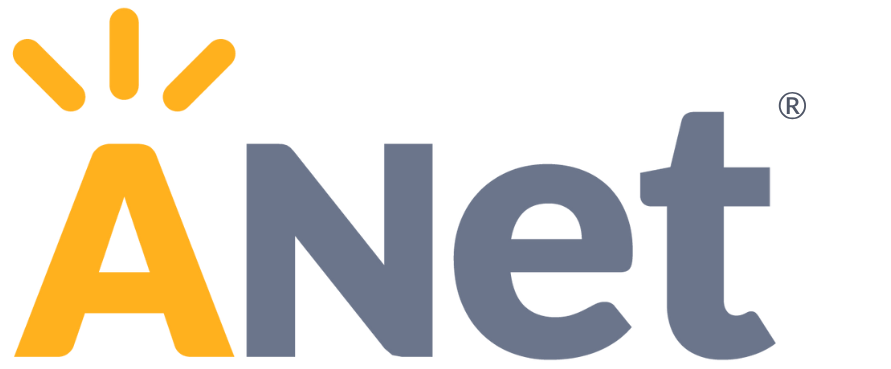by Sarah Tierney
If there’s one thing teachers and school leaders are short on, it’s time.

This universal truth is what led Marilyn McCottrell, a principal with the AUSL school management organization in Chicago, to streamline her sessions with her teachers. Instead of carving out separate times for professional development and curriculum planning, she’s found a way to enable teachers and leaders to tackle both of these critical aspects of their work at the same time.
“I used to spend time reviewing lessons that had already been written,” Marilyn says. “But now I've switched to planning side-by-side with teachers and infusing standards-study into the analysis of our curriculum, EngageNY. It's more practical and hits many of the levers we were pulling in isolation last year during the same one-hour planning session.” Marilyn’s approach transforms the everyday act of planning a unit or lesson into hands-on professional development for teachers.
PD that's practical and in a real-world context
Instead of presenting new instructional strategies abstractly, Marilyn's approach to professional development transforms the everyday act of planning into hands-on professional development for teachers. Too often, PD lives in its own world, detached from the very thing it must impact in order to be effective—teaching and learning. Teachers are left to figure out on their own how to translate new ideas into the classroom.
Marilyn describes just how difficult putting PD into practice can be: “Imagine providing professional development on discussion techniques like turn and talk or think-pair-share to a teacher. It may seem easy to a more experienced teacher to strategically implement these teaching moves into a lesson, but that can be scary for a novice who can probably list ten other things they are struggling with that can get in the way of prioritizing discussion."
When leaders and teachers plan side-by-side and spend the majority of their time discussing when and how to embed an instructional practice into an actual lesson, that newly acquired learning comes to life in an intentional and authentic way. As any teacher knows, putting what you learn into practice helps new knowledge stick.
Increased efficiency, better collaboration
Besides being an incredible time saver, combining PD and curriculum planning paves the way for productive collaboration between teachers and leaders. Marilyn and her leadership team get their hands dirty working through the actual content of lessons with teachers—solving math problems and reading through texts. This intellectual preparation sets teachers up to push students’ thinking and anticipate where students may struggle. This process encourages teachers and leaders to listen to and learn from one another; and they develop a shared understanding of what instructional excellence looks like in the classroom as they plan and talk through lessons.
Students feel the impact of a more comprehensive approach to planning, too. “More intentionality on the teacher's part means students are more likely to be presented with well-paced, objective-aligned learning tasks, and exit slips that truly measure what was taught,” Marilyn observes. And that kind of connected learning is what we want for all teachers and students.

Sarah is a director of new partnerships and former coach at ANet.
